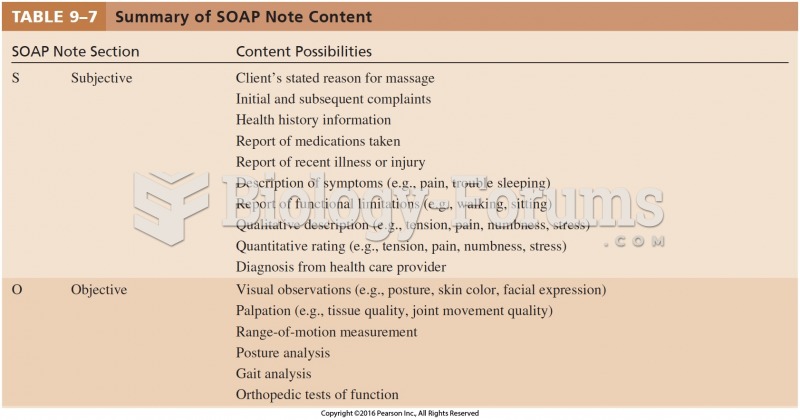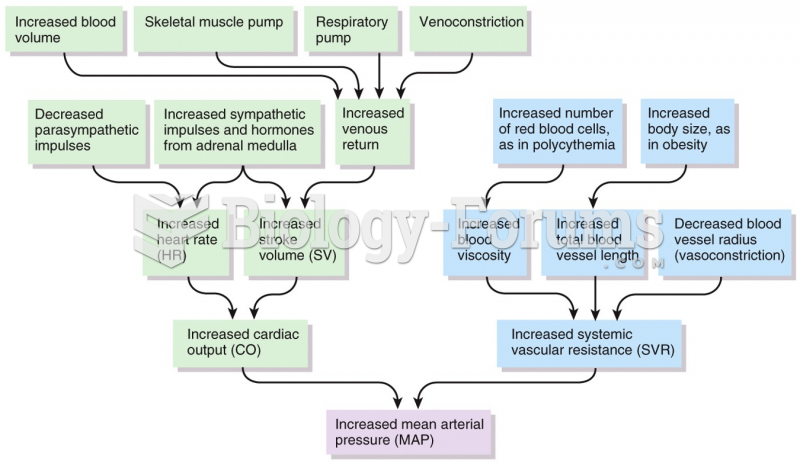Answer to Question 1
The APACHE (Acute Physiology and Chronic Health Evaluation) is a rating scale used to predict the severity of the disease and is based on several physiological factors. The APACHE score is used in ICU/trauma units and is an indicator of mortality risk. Scores range from 0-71 with higher scores signifying an increased severity and greater risk of mortality.
The APACHE score consists of 12 components, including blood pressure, temperature, heart rate, mean arterial pressure, oxygenation of arterial blood, arterial pH, serum sodium, potassium, creatinine, and hematocrit, as well as WBC count and GCS.
Mr. Mahon has an APACHE score of 4, which indicates a 4 mortality risk based on his current situation. This means that Mr. Mahon's acute pancreatitis is mild.
Ranson's Criteria was developed for alcoholic acute pancreatitis and consists of 5 measurements at admission and 6 measurements for the 48 hour mark following. Meeting three or more criteria is associated with a significantly higher risk of mortality. The admission values are as follows: age > 55 yr, WBC > 66,000/mL, LDH > 350 IU/L, AST > 250 IU/L, and glucose > 200 mg/dL. The 48-hour criteria include: Hct decrease > 10, BUN increase > 5 mg/dL, Ca < 8 mg/dL, PaO2 < 60 mmHg, and fluid sequestration > 6 L.
The Atlanta Criteria consists of three classifications of acute pancreatitis: mild, moderately severe, and severe. The mild classification is considered to be the absence of organ failure and local complications. The moderately severe category include local complications (such as necrosis or fluid accumulation) and/or transient organ failure (< 48 hrs). Finally, the severe classification is for persistent organ failure, lasting more than 48 hrs.
Answer to Question 2
Excessive energy intake related to large portion sizes as evidenced by an estimated energy intake of 2900 kcal/day per 24-hr recall (900 kcal more than estimated needs) and large dinner consisting of 8 oz of filet mignon, large baked potato w/butter, salad with ranch dressing, and 6 oz white wine.
Goal: Meet energy requirements for weight loss (1300-1500 kcal/day).
Intervention: Consume smaller portions, reduce excessive fat intake (including fat added to foods), and increase her consumption of fiber rich fruits/vegetables and whole grains for her earlier meals (breakfast through lunch) to maintain satiety.
Excessive alcohol intake related to food- and nutrition-related knowledge deficit as evidenced by 12 oz (> 2 servings) of white wine per 24-hr recall.
Goal: Limit alcohol consumption to less than 1 drink (5 oz glass of wine) per day.
Intervention: Patient education on importance of limiting alcohol consume and advise to consume only one 5-oz glass for dinner or her evening snack.
Excessive fat intake related to food- and nutrition-knowledge deficit and consumption of high-fat meals as evidenced by 45 energy intake from fat and reported intake of 8 oz of filet mignon and fat-dense additives to foods (e.g. egg, mayonnaise, butter, ranch dressing).
Goal: Meet dietary recommendations to obtain 20-35 of energy from fat.
Intervention: Patient education on reducing added fat to foods and flavoring options (such as spices) to use instead.
Undesirable food choices related to food- and nutrition-related knowledge deficit as evidenced by consumption of 8 oz of filet mignon.
Goal: Limit consumption of red/processed meats to less than 18 oz per week.
Intervention: Patient education and counseling on the importance of avoiding/limiting red meat and proper portion sizes (e.g. palm of hand). Suggest to consume no more than 2.5 oz/day or 3 oz/day for 6 days of the week.







